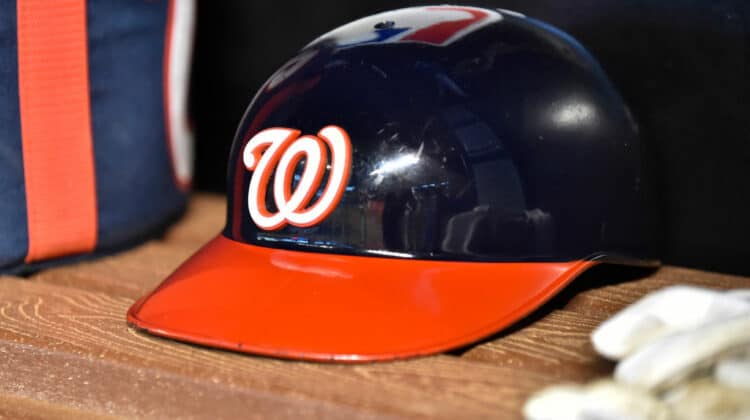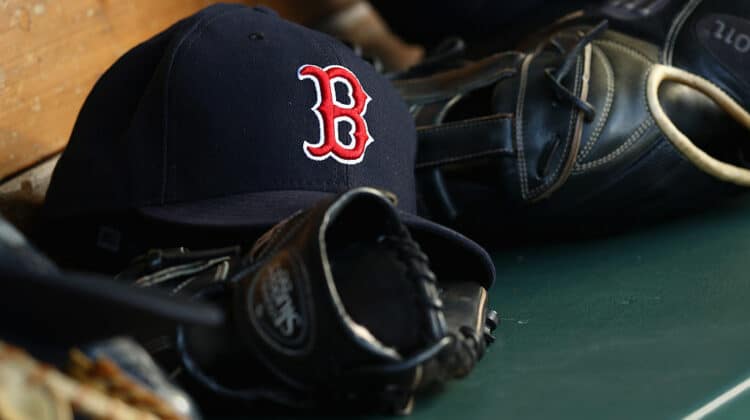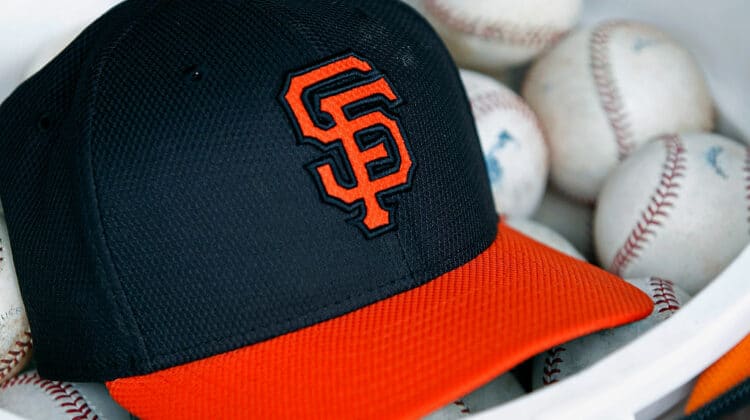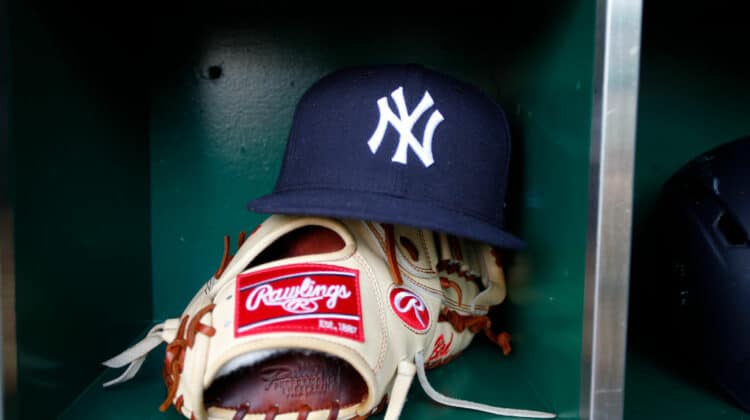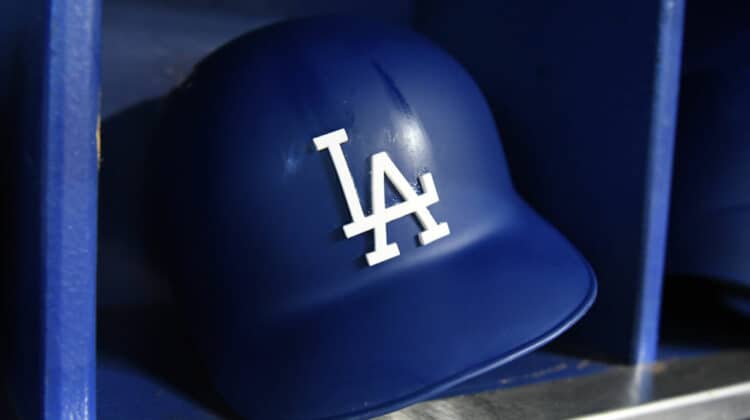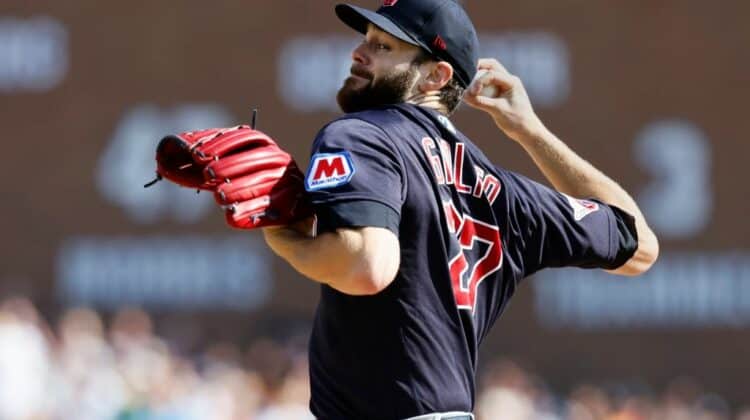
As most readers likely know, OPS (or On-base Plus Slugging) is a baseball statistic that many fans and analysts use to evaluate MLB players.
It’s just what it sounds like—it’s calculated by adding a player’s on-base percentage to his slugging percentage.
This season, the league average for OPS is .726.
The league average changes each year, but it usually falls somewhere between .720 and .760.
Generally, if a player has an OPS of .800 or better, that’s a pretty reliable indication that he’s having a good year.
Comparatively, if a player has an OPS of .900 or better, he’s likely having an All-Star-caliber season.
And if a player has an OPS of 1.000 or better, he’s typically going to find himself in the MVP conversation.
A lot of folks love OPS as a stat, and it seems to be getting more and more popular by the year.
Is that a good thing or a bad thing?
OPS Is A Great Starting Point When Evaluating A Player’s Offensive Production
Over the past two or three decades, we’ve learned a lot about which stats deserve our attention and which stats do not.
For example, batting average and runs batted in are both stats that are referenced less often today than they were before the turn of the century.
As for why, that’s a conversation for a different day, but essentially, those stats are very context-sensitive, and they don’t tell the whole story.
OPS attempts to.
It takes two crucial statistics (OBP and SLG) and combines them into one easy-to-interpret number.
Individually, OBP and SLG are great stats.
OBP measures how often a player reaches base, and SLG assigns a value to the outcome of every at-bat (think extra-base hits).
Those are arguably the two most important factors when evaluating a player’s offensive production.
Given that, it would make a lot of sense to combine those two stats into one super-statistic, right?
That’s what OPS tries to accomplish.
And while it’s great in some ways, it falls short in others.
Although OPS Is Very Useful And Convenient, It Does Have Some Flaws
OPS is certainly a useful stat, but it’s far from perfect.
The stat’s biggest flaw is the fact that it treats on-base percentage and slugging percentage as equals when they are not.
OBP is calculated on a 1.000-point scale, and SLG is calculated on a 4.000-point scale.
The league average for OPS this year is .317, and the league average for SLG is .409.
In other words, it’s easier to have a high slugging percentage than it is to have a high on-base percentage.
Similarly, OBP is about 70 percent more important than SLG is when it comes to producing runs.
That’s what sabermetrics expert Tom Tango found in a 2007 study.
You’re likely already starting to see problems with the way OPS is calculated.
And here’s one more issue with the formula: OBP uses plate appearances as its denominator in its calculation.
SLG, meanwhile, uses at-bats as its denominator.
No matter the circumstance, you can’t add fractions that don’t have common denominators.
OPS is a flawed stat. The denominator for the O is plate appearances but the denominator for the S is ABs. I hate math.
— Registered HyperCam 2 (@AyyyNickaaay) August 24, 2021
Given everything we’ve talked about in this section, it’s fair to say that it’s not mathematically sound to add OBP and SLG together and call it a day.
The formula for OPS is imperfect, and more fans should be made aware of that.
Now, with all of this being said, it’s still perfectly fine to reference OPS as a data point.
It’s a really solid tool.
But it’s very important to keep in mind that it should serve as more of a starting point than an end-all-be-all in player evaluations.
OPS isn’t a terrible stat and it’s fine to use, but it has flaws.
— William (@WilliamDuncanNY) August 1, 2020
If you’re looking for a stat that’s similar to OPS but has fewer flaws, check out OPS+.
You’ll probably like what you find.
NEXT: 2022 May Actually Be The Year For The Mets